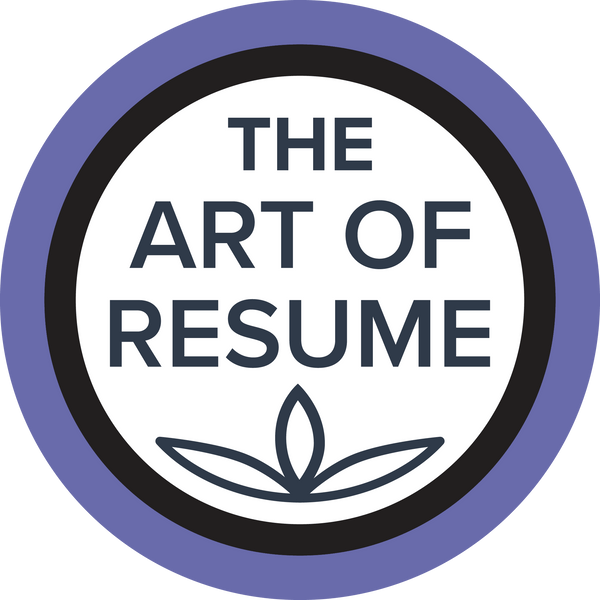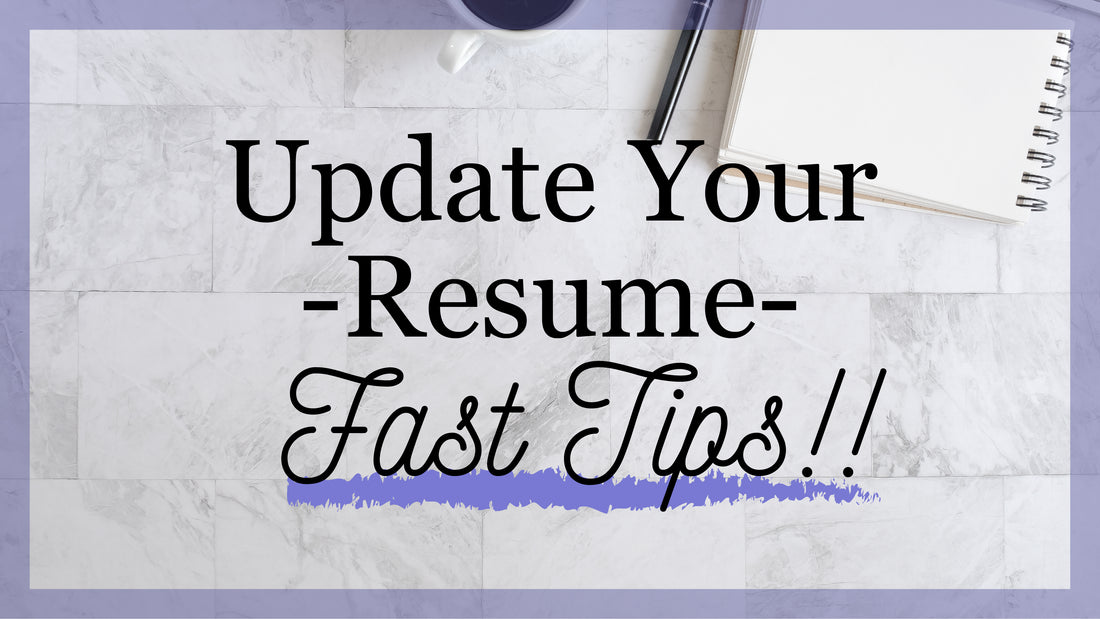Article written by Jessie Davis
When it comes to landing your dream job, your resume is a hiring manager’s very first impression of you as a candidate. Most people think that it’s enough to simply have a resume at all, and will list their work history as the bare minimum in a plain, boring format.

If you want to stand out amidst the sea of job seekers, here are some steps to help you go the extra mile and create a professional resume that will stand out in any industry. To help get you started, we’ve also put together a post to cover the basics of Resume Writing.
Hot Tip: When creating a resume, it can help to start with a pen and paper if you feel comfortable doing so. Writing ideas down can be freeing, and inspire us to come up with things we might not have thought to add if we had been sitting at a keyboard, staring at a screen.

1) Skills, Attributes, and Achievements
Start by making a list of all the useful skills you have, as well as attributes you might use to describe yourself in a positive light to a potential employer. For example, skills might include working knowledge of particular software applications, industry-specific abilities like operating tools or machinery, or even your typing speed. Attributes might refer to your adaptability or punctuality, your ability to work alone or on a team, or your organizational skills.
Remember that this isn’t your final draft, so get creative and write down anything that comes to mind!

2) Work Experience and Education
Next, mark separate pages for each previous job you want to include on your resume. If you have worked many jobs across various industries, make sure to tailor your resume to be more relevant to the job you are applying for.
For each job, list absolutely every task, duty, and achievement you can think of–even extra-curricular activities like leading a food drive or participating in the company softball tournament. You may want to take several passes at this, since you might remember more things later.
Some people prefer to do this in a list format, where the job title is at the top of the page and they simply write bullet points below. Others find that it helps to create a “mind map” with the job title circled in the middle of the page, then drawing a line outward to list each new idea radiating from the center.
Which method works best for you, or is there one we’ve missed? Let us know in the comments below!

3) Education
Of course, you want to include your education on your resume, but don’t stop at locations and dates! Were you involved in any clubs or teams? Did you win any awards? Don’t forget to share these details to help your potential employer see that you are more than just a page on their pile.

4) Get the Look to Get the Job
Choose a creative resume template that will get you noticed, or a professional resume template to stand out in your particular industry. For example, a teacher’s resume will look very different from a medical professional’s.
There are countless free resume templates available online, but something to keep in mind is that most job seekers are using these resume samples, and the templates themselves can sometimes look drab or outdated. You may wish to invest in yourself and purchase a modern resume template to help catch a hiring manager’s eye as they sift through job applications.
5) Create a Resume
Now, take all of the wonderful things you’ve just written about yourself and add them to your resume template. For most industries it is best to keep your resume to just 1 or 2 pages, so you may need to leave out some of your list items or rewrite some of your sentences to shorten them. If you’re looking for a little extra pizzazz, check out our list of 10 Smart Ways to Add Value to Your Professional Resume.

As you type, try to be aware of words that might help an automated application tracking system notice your resume. It definitely helps to use the same keywords outlined in the job description, since these are likely to be the words that the system is programmed to search for. If you’re looking for further inspiration, check out our post on Resume Action Words to help your resume stand out!
6) Proof It!
Running spell check is the bare minimum, and any candidate worth hiring will not only proof their own resume a few times over, but will also have another person go over it as well. This way you can be sure to catch the kinds of things that a simple spell check might miss, like formatting inconsistencies.
You’ve done it! You’ve crafted a beautiful, professional resume and you’re ready to wow employers.



